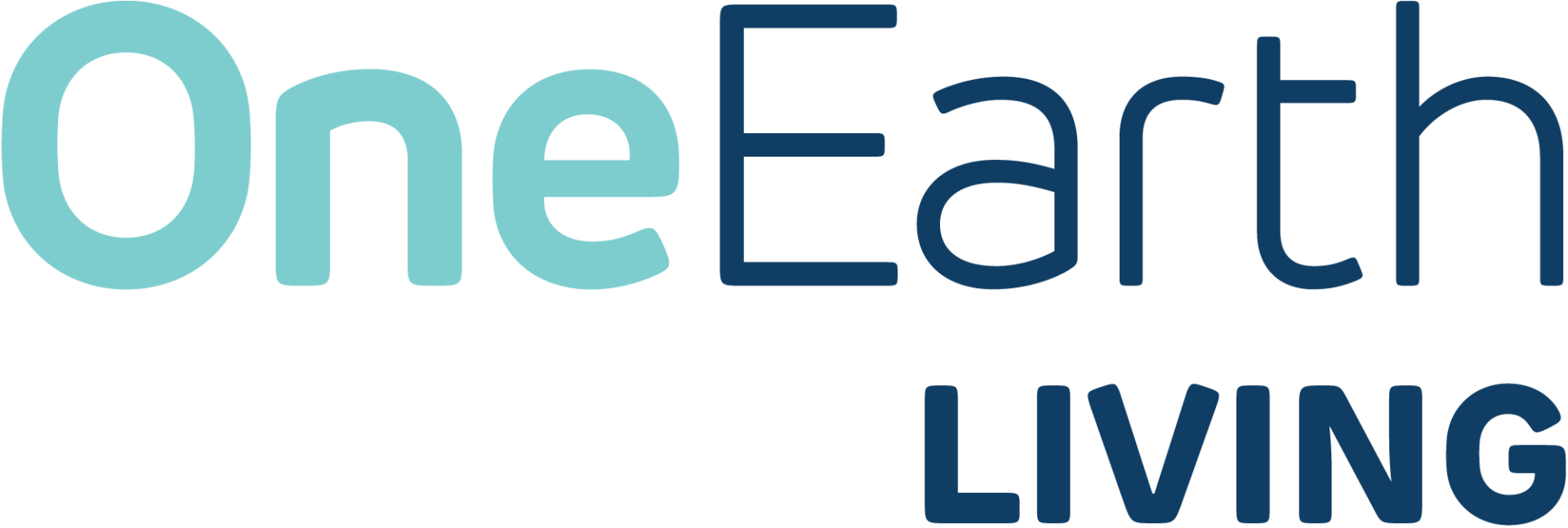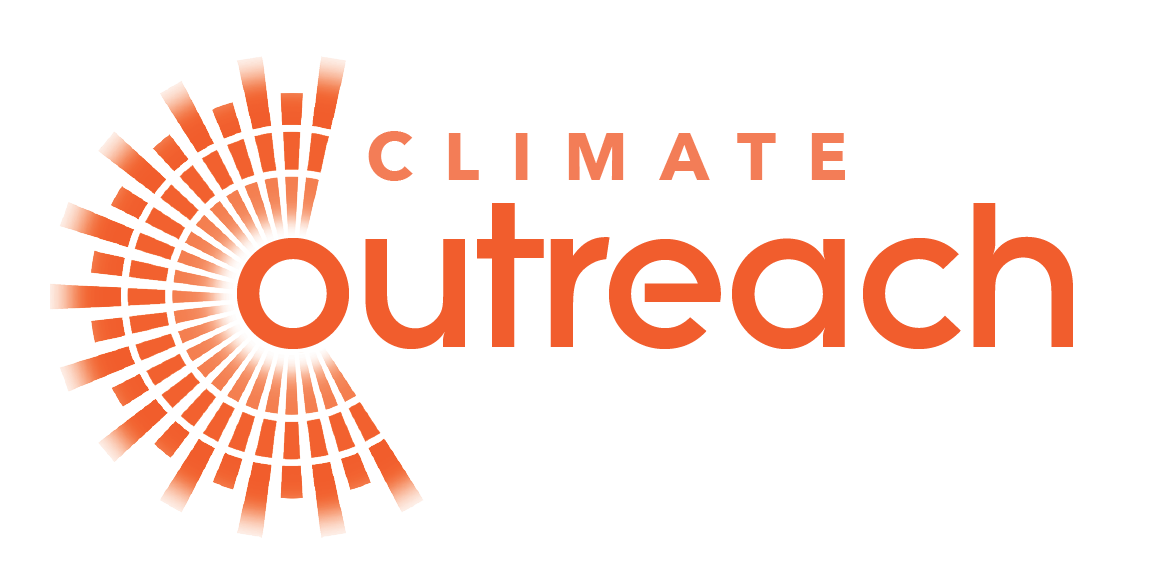
ABOUT THE Project
Extreme weather events show that the consequences of unsustainable societies are already unfolding; we’re losing badly on climate, environmental and social justice and our approaches need a radical increase in ambition. The good news is that there is momentum around the climate movement and a lot has changed over the last couple of years. We have the research and analysis, practitioners and funders ready to take bigger bolder actions. The UN Emissions Gap Report Chapter 6 on equitable and low-carbon lifestyles, building on a number of authoritative recent reports, is an agenda-setting moment that we can use to take our efforts to a new level together. The ongoing COVID-19 situation brings significant additional challenges, as well as opportunities for shifts in policy, interventions towards equity, rapid transition of infrastructure and experiments with better ways of living.
Read more
Towards ways of living that are equitable and ecologically sustainable. For climate mitigation, this means a limit of 0.7t CO2e annually for each person. According to the UN Emissions Gap Report 2020, the interim target is 2.5t CO2e per person by 2030. This implies profound transformations in ways of life and economic systems, particularly among those with high incomes and high carbon lifestyles throughout the world. Lifestyle archetypes of people currently living within the 2030 target of 2.1t CO2e reveal mostly vegetarian diets, on average 8m2 living space per person, shared use of electronics (phone, TV and computer) and appliances, low or no use of motorized vehicles and of air travel. This gives an impression of the material limits to consumption, but leaves much to be explored in terms of wellbeing and the potential of non-material aspects of sustainable living.
Although 50% of humanity have carbon emissions of less than 2t, the rest of us have levels of material consumption that cannot be sustained. Globally the top 10% of earners generate about 48% of global emissions: if this 10% reduced consumption to the average EU level, it would cut global emissions by 30%. Transforming our way of living by taking advantage of opportunities to meet our needs in more sustainable and more fulfilling ways is central to mitigating climate change, natural resource overexploitation and biodiversity loss. Equitable distribution of resources is a fair and socially sustainable basis for a transition which maximises wellbeing for all.
Despite the Paris Agreement commitment to equity and staying below 1.5 degrees, the practical realisation of this is highly controversial among those with high carbon lifestyles. There are powerful vested interests especially in business, politics and profit.
Psychologically, the challenge of accepting these limits to material consumption – and the transformation needed to realise them – are enormous, even in the face of environmental disaster. We are in uncharted territory in terms of the types of policies and sheer scale of social change required.
Following reduction pathways for 1.5 degree scenarios suggests a maximum 2.1t CO2e annually for each person by 2030 and 0.7t CO2e annually for each person by 2050. But globally we are not following those pathways: many research papers project warming to reach 1.5C around 2030 or sooner – a decade ahead of IPCC projections.
We are creating a Compass, designed for use to steer us toward sustainable lifestyles. We invite you to help us make it as good as it can be and to use it.
- That deep and rapid change is needed, and possible with a shift in power.
- Transition will only succeed with equity, justice and commitment at its core.
- Lifestyles that raise the chances of health and well-being for everyone can be built in many different, creative ways within climate and ecological limits (such as 0,7t CO2e per person annually by 2050).
- Life is about much more than our material possessions. This simple truth is woven through history, across cultures and is central to many indigenous and marginalised communities. People value relationships, health, trust, meaning, place and belonging, joy and time.
- Small reforms or isolated behaviour changes are not enough. Transformation arises from citizens working together, collectively for change, enabled by systems designed to support them, backed by business and policymakers.
- The richest do the most climate damage – the top 10% causing close to 50% of emissions. But the poorest are most vulnerable, so climate action must be fair and recognize our mutual vulnerability and interdependence. This means innovative action for deep change by the wealthy.
- Momentum for change comes from collaboration and connecting different interests and approaches to reinforce each other.










